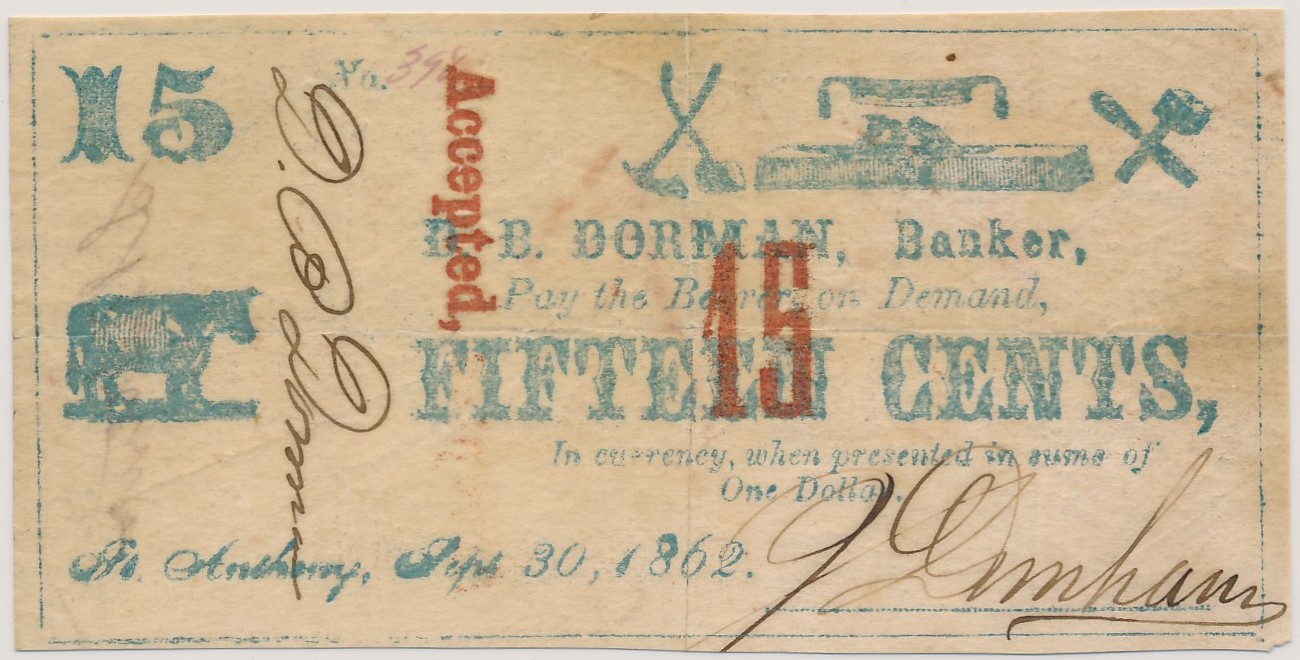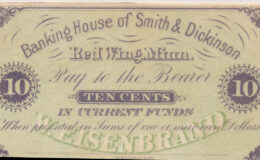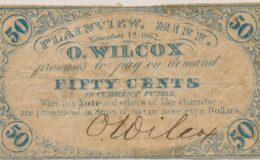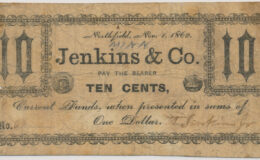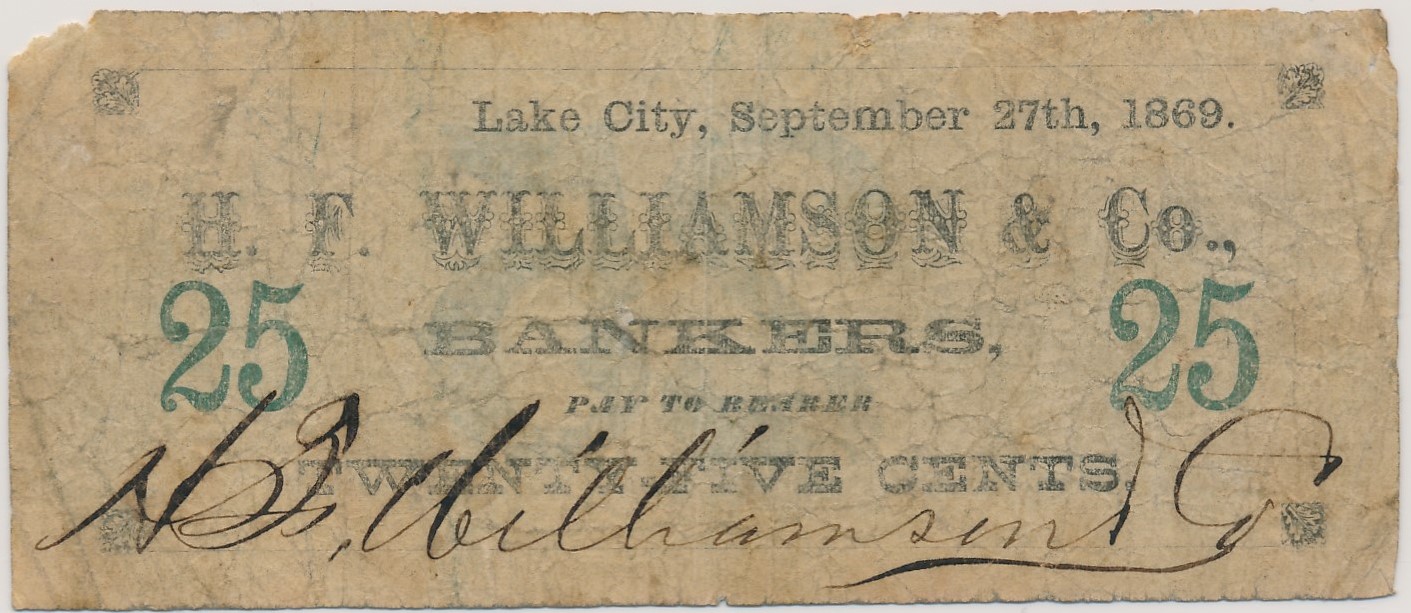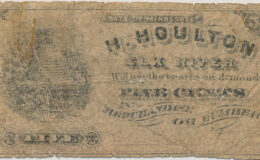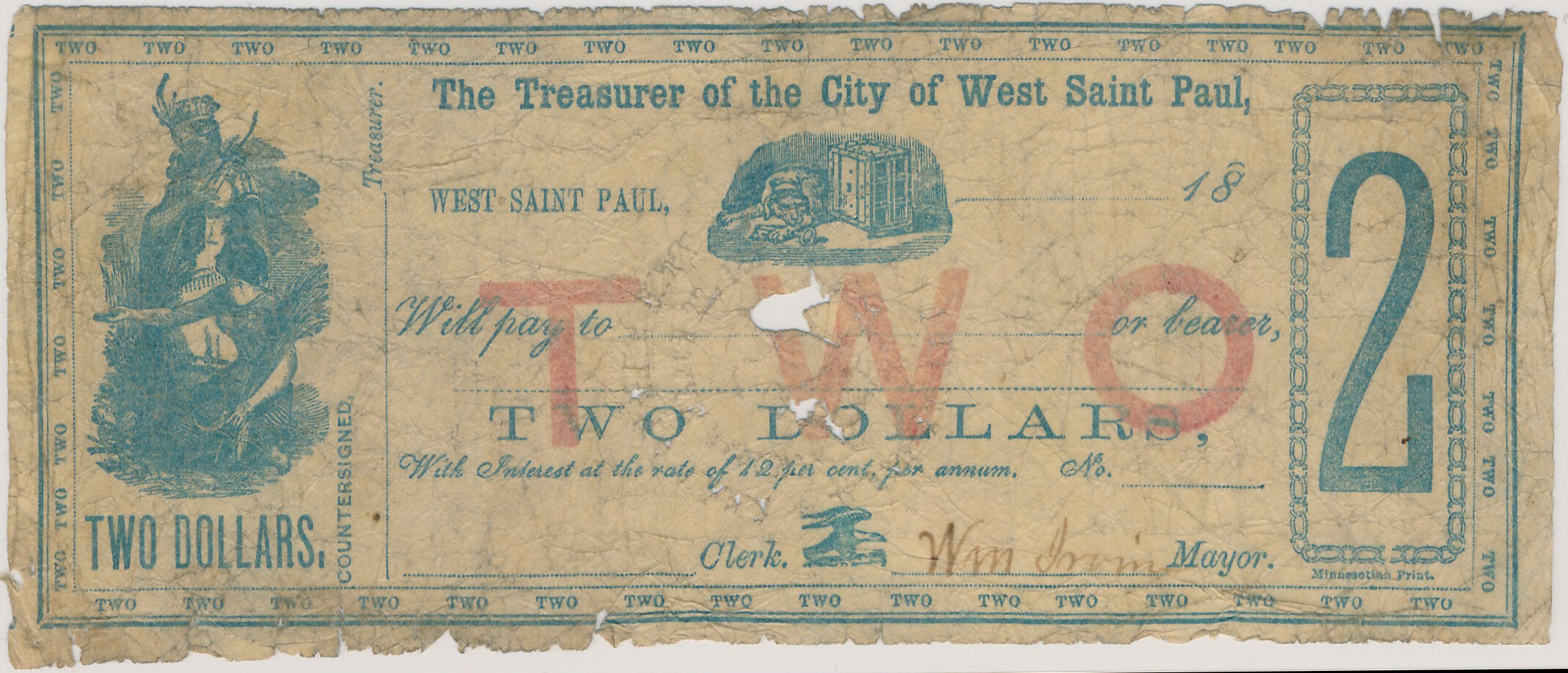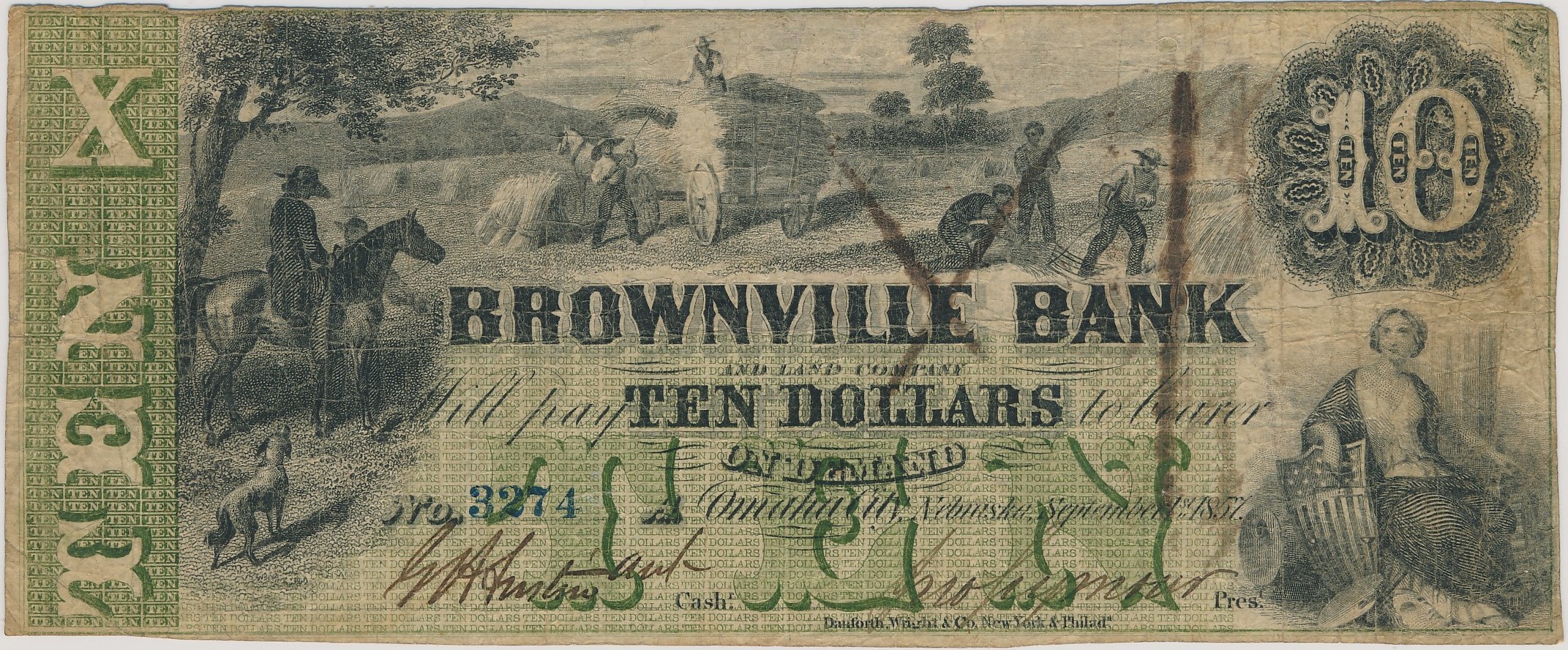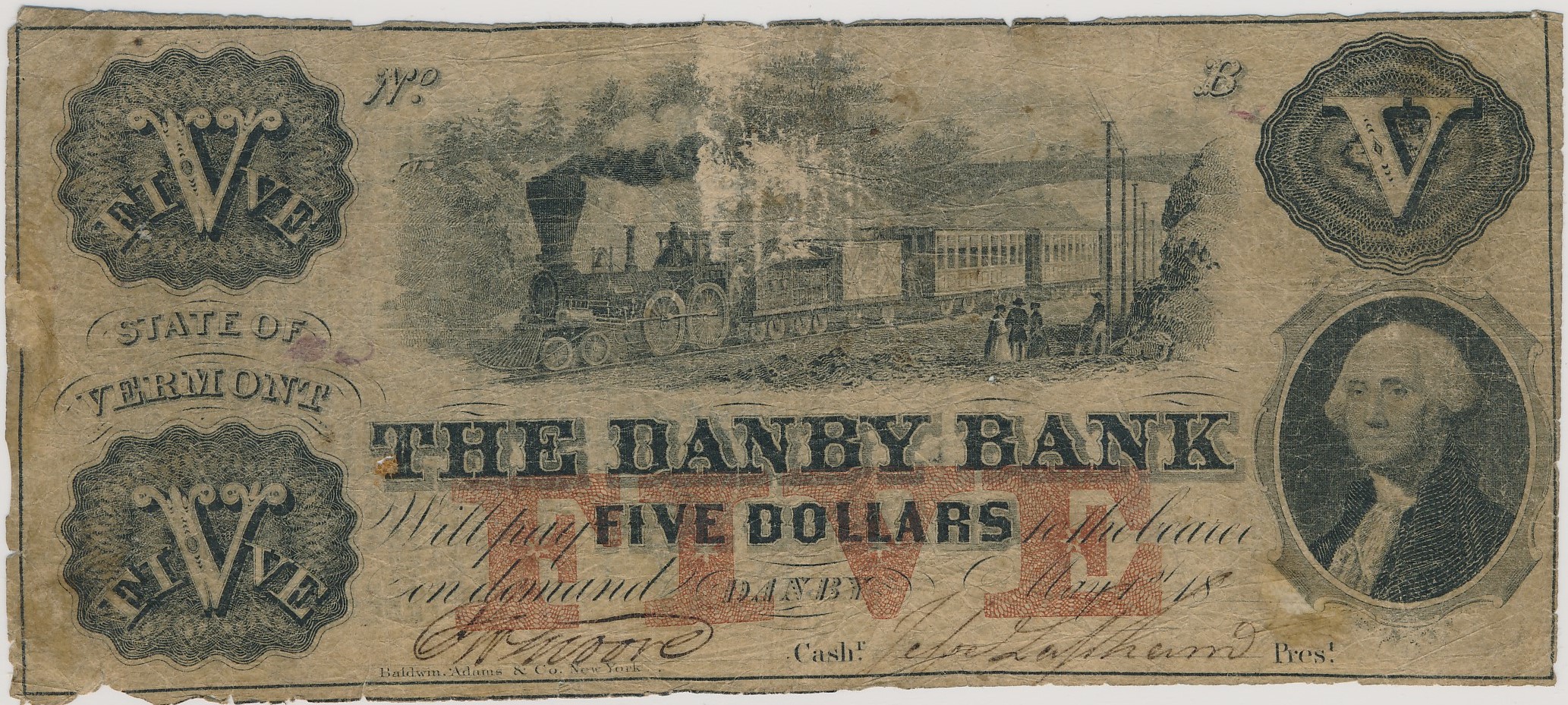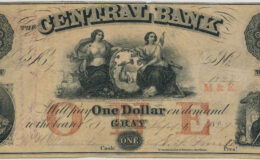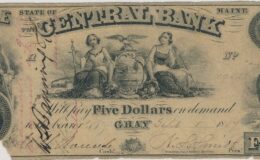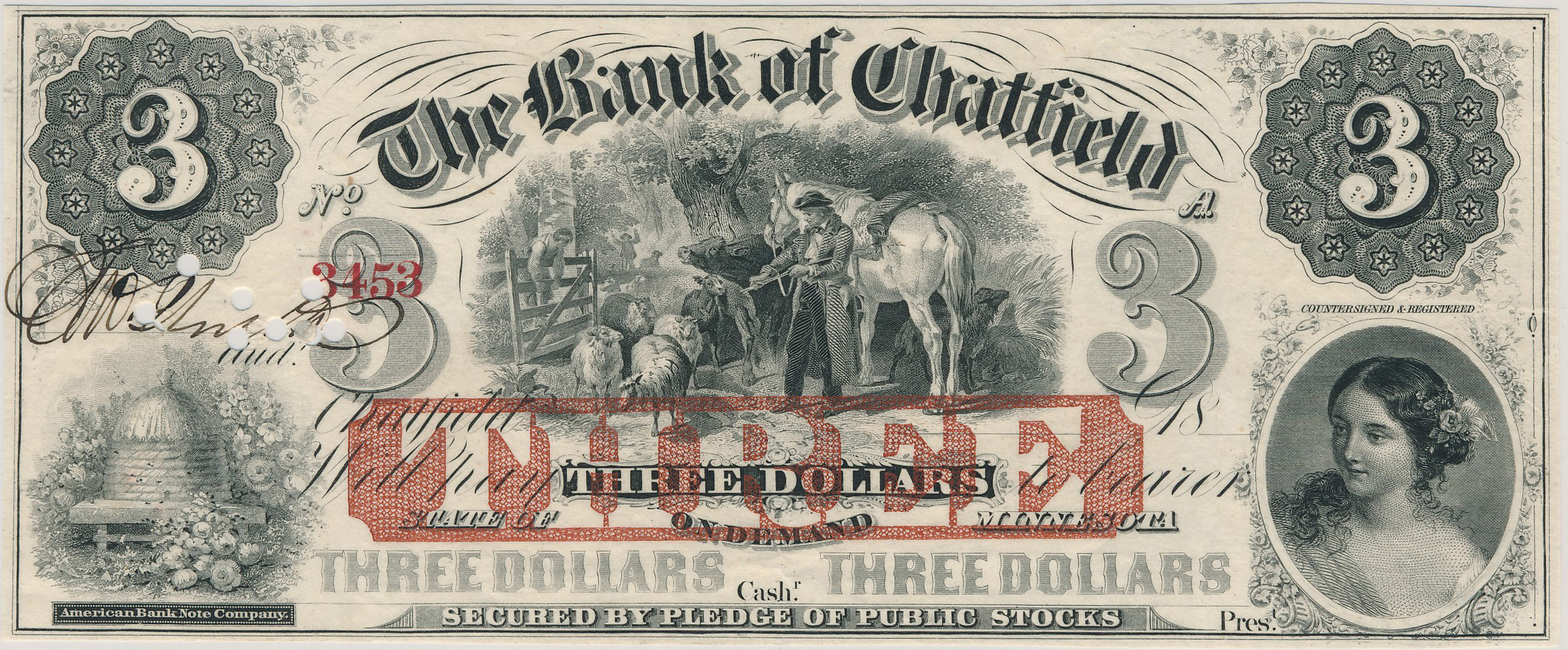Paper Money : Postcards : Collectibles
- shawn@shawnhewitt.com
- 651.491.3331
Bank of Minnesota
Bank of Minnesota
Without doubt the one most prominent business man which Ramsey County, or, indeed, the whole section of the Northwest tributary to the cities of Saint Paul and Minneapolis has ever known, was Horace Thompson, at the time of his death the president of the First National Bank of Saint Paul.” Born on May 2, 1827 in Poultney, Rutland County, Vermont, Horace Thompson was the youngest child of Judge Amos Thompson. He attended school until he was 17 years of age. His older brothers were Norman B. Thompson and James Egbert Thompson.
Horace and James were business partners from 1846 until James died in 1870. Horace married the daughter of Judge Scarborough of Fort Valley, Georgia. After beginning their partnership business in Pondtown, Georgia, they moved the business in 1854 to Americus, Georgia. After five years at that location, they decided to close the business and move to Saint Paul, Minnesota. Brother James moved in 1859, while Horace stayed in Georgia to close up the business, relocating in 1860. In Minnesota, they almost immediately formed a partnership with Parker Paine in the banking business, known as Thompson, Paine & Company. This firm was succeeded in 1861 by the banking establishment of Thompson Brothers.
Horace was also one of the incorporators, treasurer, director, and on the executive committee of the Saint Paul and Sioux City Railroad company. During the Civil War, he was an enthusiastic supporter and promoter of Jay Cooke’s ideas regarding popular subscription to the government loans. “His bank was the chief agency in placing the seven-thirty and five-twenty bonds in this section.” Following the Panic of 1873, he played a key role in regaining the confidence of other businessmen and aiding in the recovery. He played another key role in the consolidation of the Saint Paul and Sioux City and Sioux City and Saint Paul railroad companies with the West Wisconsin and its branches, the consolidation taking place as he died. He died in January 1880, of pneumonia while on a business trip to New York City.
Brothers James E. and Horace Thompson of Saint Paul filed to organize the Bank of Minnesota on July 1, 1862 with a capital of $25,000. It was the first bank in the state to have its circulation based on U.S. securities. Horace was cashier and James was president.
American Bank Note Company prepared a 1-2-5-10 plate. It printed 5,000 full sheets amounting to $90,000. It also printed partial sheets. It filled an order for 1,000 single $1 notes, and then an order for 4,000 1-2 sheets. A total of $103,000 was printed, of which $99,997 was issued. The bank filed to relinquish its state bank status on May 8, 1865. It gave public notice five days later that its notes must be redeemed within two years at the Auditor’s Office, or with the First National Bank of Saint Paul.
In 1867 there was $929 left outstanding. Notes were redeemed at par.
The Bank of Minnesota converted into the First National Bank of Saint Paul, Charter 203, on February 25, 1865, and was the state’s first national bank.
We want to buy paper money like you see here. If you have a note to sell, let us know.











